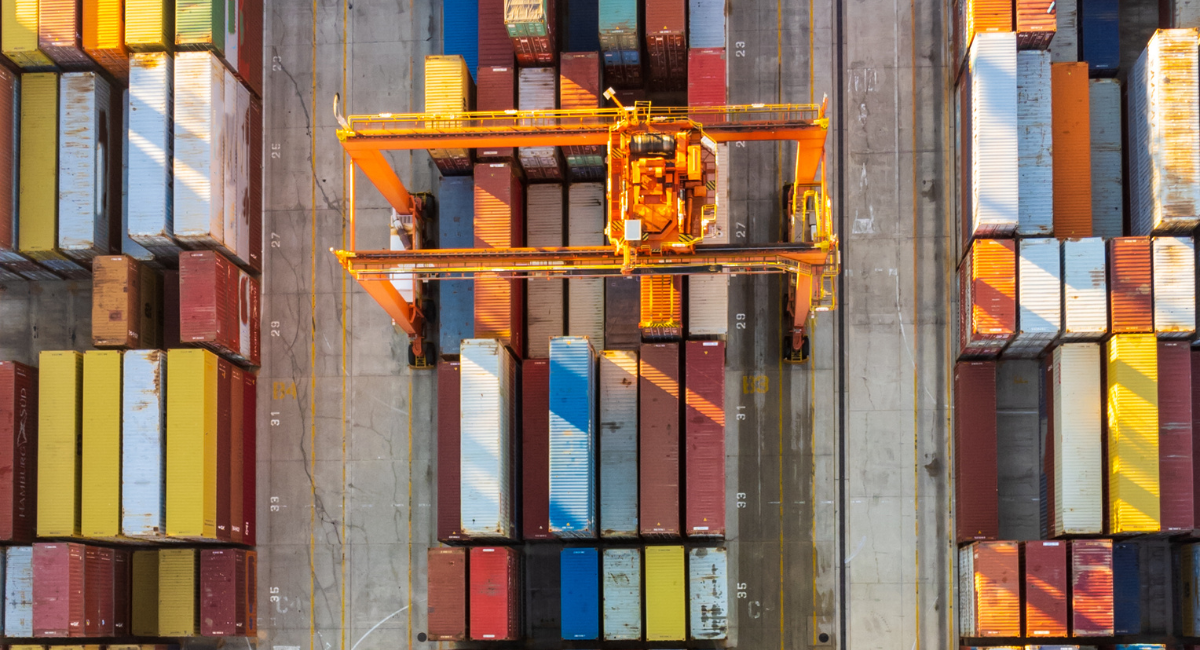Managing key supply chain trends will be crucial amidst these disruptions. In the rest of the year, effectively managing your organization’s response to these challenges can become a crucial turning point. We believe that in the future, countries will question cross-border trade cooperation; cybercriminals will increase their activities; access to certain materials will become unstable; manufacturing locations will change; retail and distribution supply chains will be changing quickly; investments in supply chain technology will speed up; and investors, regulators, and environmentally conscious consumers will pay close attention to carbon emissions.
There are several supply chain trends that we recommend you monitor closely:
1. Many nations are expressing doubts and hesitations regarding cooperation.
The rise of geopolitical tensions has led nations to shift their focus inward, fostering a climate of skepticism towards collaboration and mutual reliance. With regard to the supply chain, it is advisable to exercise caution, as increasing tensions can lead to limited access to critical materials and potential shutdowns of major trade routes. Hence, governments and industry pioneers are actively investigating the possibility of achieving self-sufficiency in both material supply and manufacturing within their own countries.
2. Cybercriminals are intensifying their efforts.
By the end of 2023, we can expect cybercriminals to possess even greater proficiency in breaching supply chains, wreaking havoc, and pilfering valuable assets from businesses. The supply chain can be a vulnerable gateway for external parties to infiltrate your systems. This vulnerability is especially prominent in your supplier network. Even basic warehouse equipment, like a barcode reader, or Internet of Things (IoT) devices deployed in your manufacturing and operational sites, can be vulnerable entry points for criminals attempting to hack into your systems.
3. The access to materials is in a state of utter chaos.
Towards the rest of the year, it is highly probable that we will face the consequences of a second wave of unforeseen supply chain risks. Limited access to critical inputs for manufacturing, as well as spare parts and critical maintenance items, might be a potential challenge that organizations could face. Prices and availability of essential commodities such as fuel, diesel, timber, steel, resin, and plastic for packaging are subject to periodic fluctuations, posing a unified challenge.
4. The shape of the manufacturing footprint is evolving.
Although it might be difficult to access essential resources, the process of manufacturing will also face similar challenges due to the steep increase in energy costs and soaring prices of key materials. Hence, multinational corporations with manufacturing facilities will be reassessing their manufacturing footprint. The concepts of friend shoring and nearshoring are being revisited with a new level of scrutiny. It is time to delve deeper into the question of whether manufacturing must be, and can be, solely done within our borders.
5. Retail and distribution supply chains are undergoing a transformation.
Delivering goods to consumers this year may seem easier compared to previous COVID-19 times, but it will still be a complex and costly process. Consumption methods and channels are increasing, and costs remain high. This is due to the complex manufacturing process and the challenge of meeting the demands of today’s consumers. Retailers, both global and local, may need to reevaluate their inventory distribution network and adopt a unified commerce approach to address the challenges of the last-mile delivery and supplier difficulties.
6. Investment in technology is rapidly increasing.
In 2023, more organizations are accelerating their cloud-based digital transformation strategies to address concerns about inflation and economic stagnation. Supply chain and operational capabilities will take center stage, alongside the usual focus on back-office technology transformation and improved customer engagement. There will be more investment in improving supply chain planning, automating warehouse tasks, and gathering better supply chain analytics for improved visibility. Instead of offering separate supply chain systems, organizations will be combining them into one platform to create a smooth user experience.
7. Scrutiny intensifies on ESG initiatives.
Corporate ESG initiatives have always considered supply chain sustainability strategies as crucial components. Regulators, stakeholders, customers, and the finance community will likely prioritize controlling carbon emissions by the end of 2023. You should be prepared to make well-informed decisions to decrease these emissions, and any attempts at ‘greenwashing’ will not withstand scrutiny. Investor activity is expected to increase the pressure on organizations that can demonstrate low carbon emissions.
Supply chain disruption is a constant occurrence. Understanding these supply chain trends will be essential for successfully navigating the remainder of 2023.

